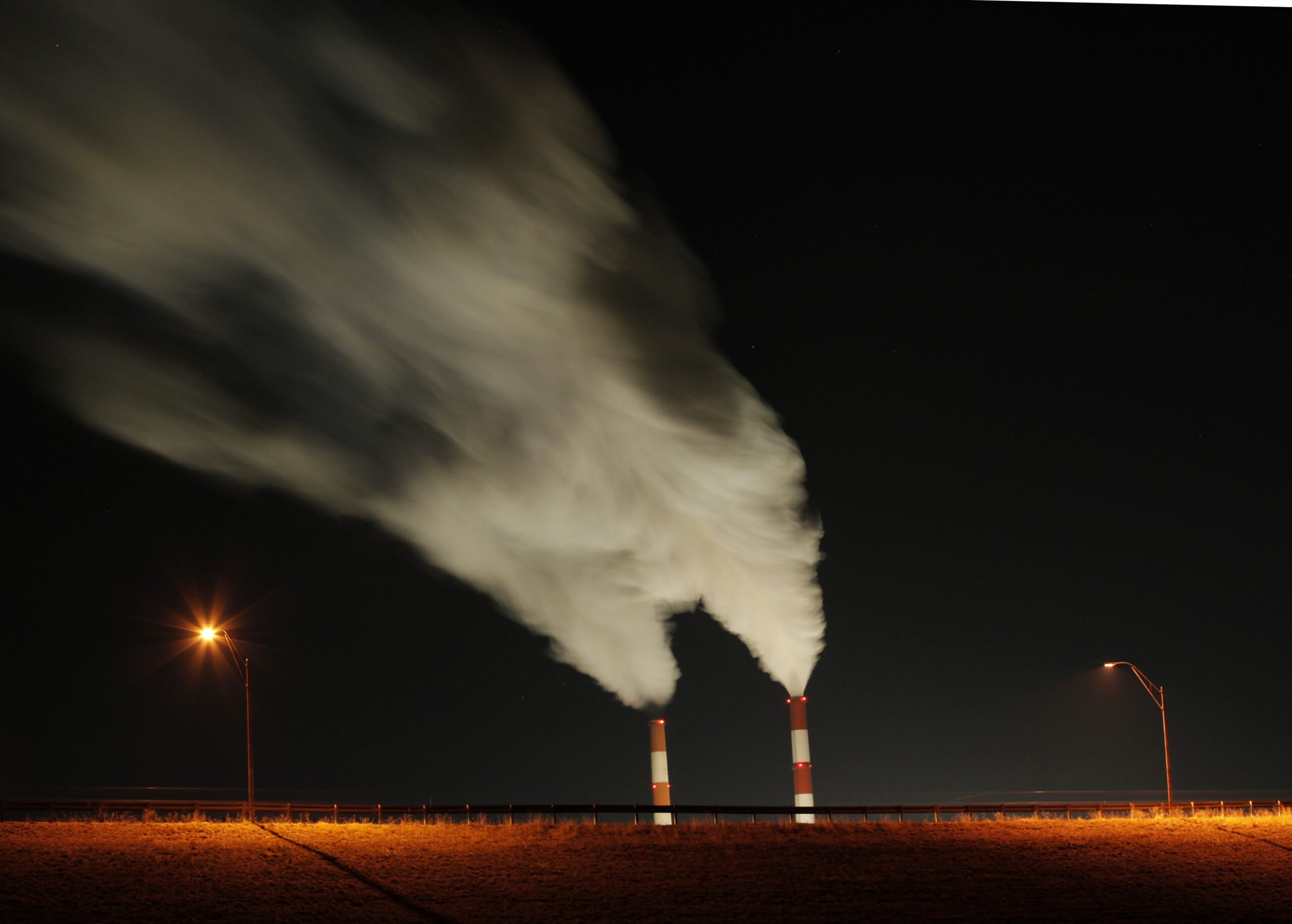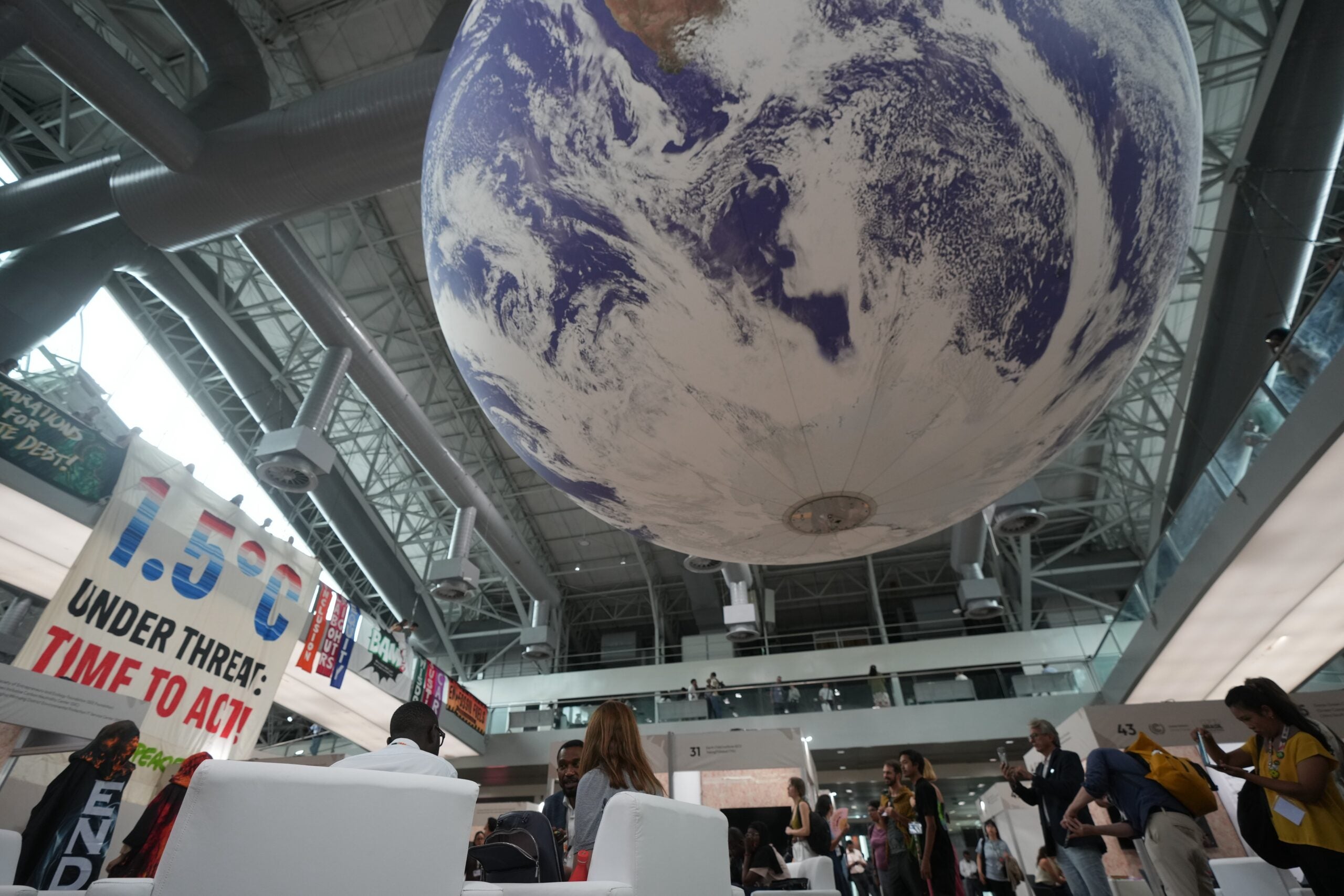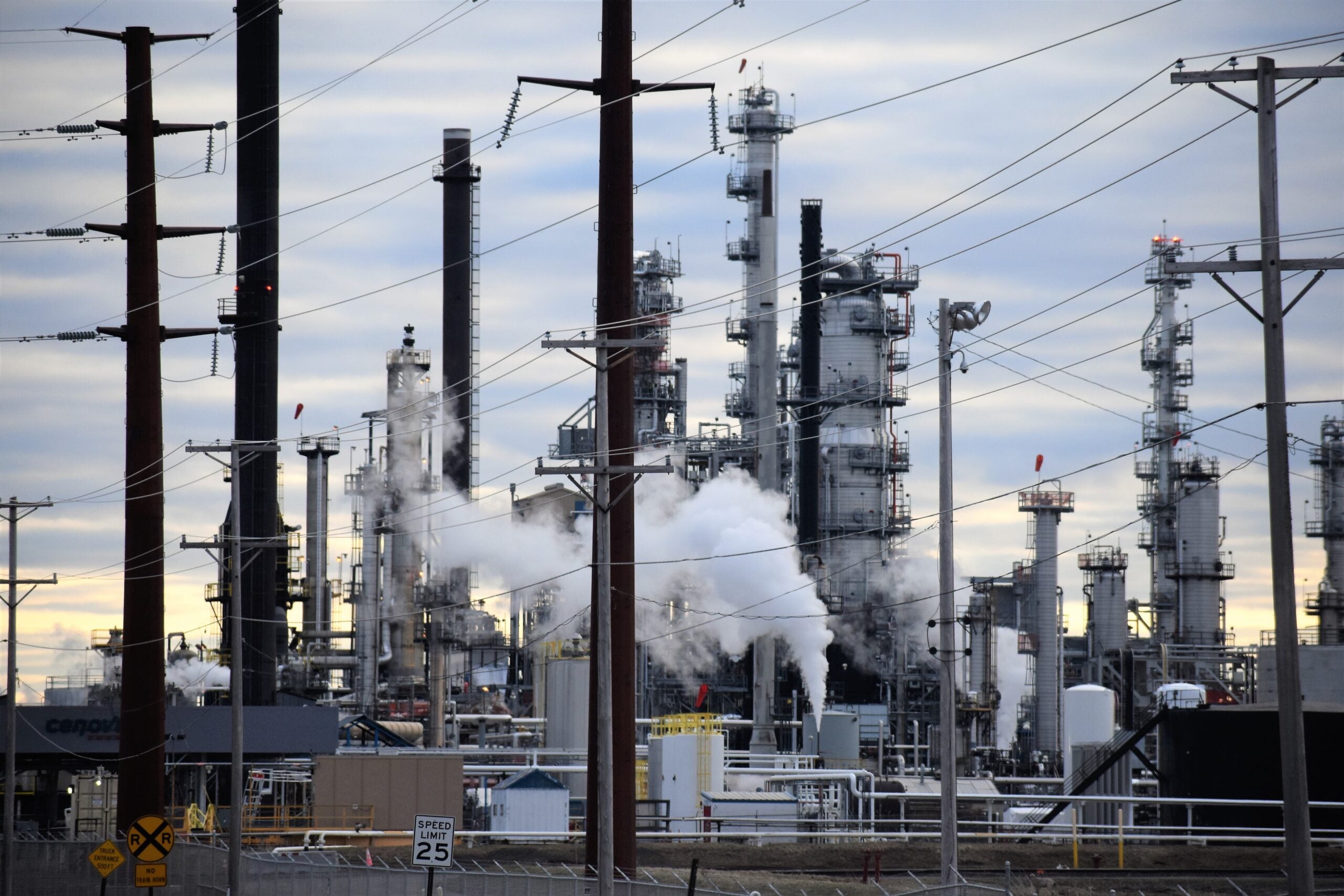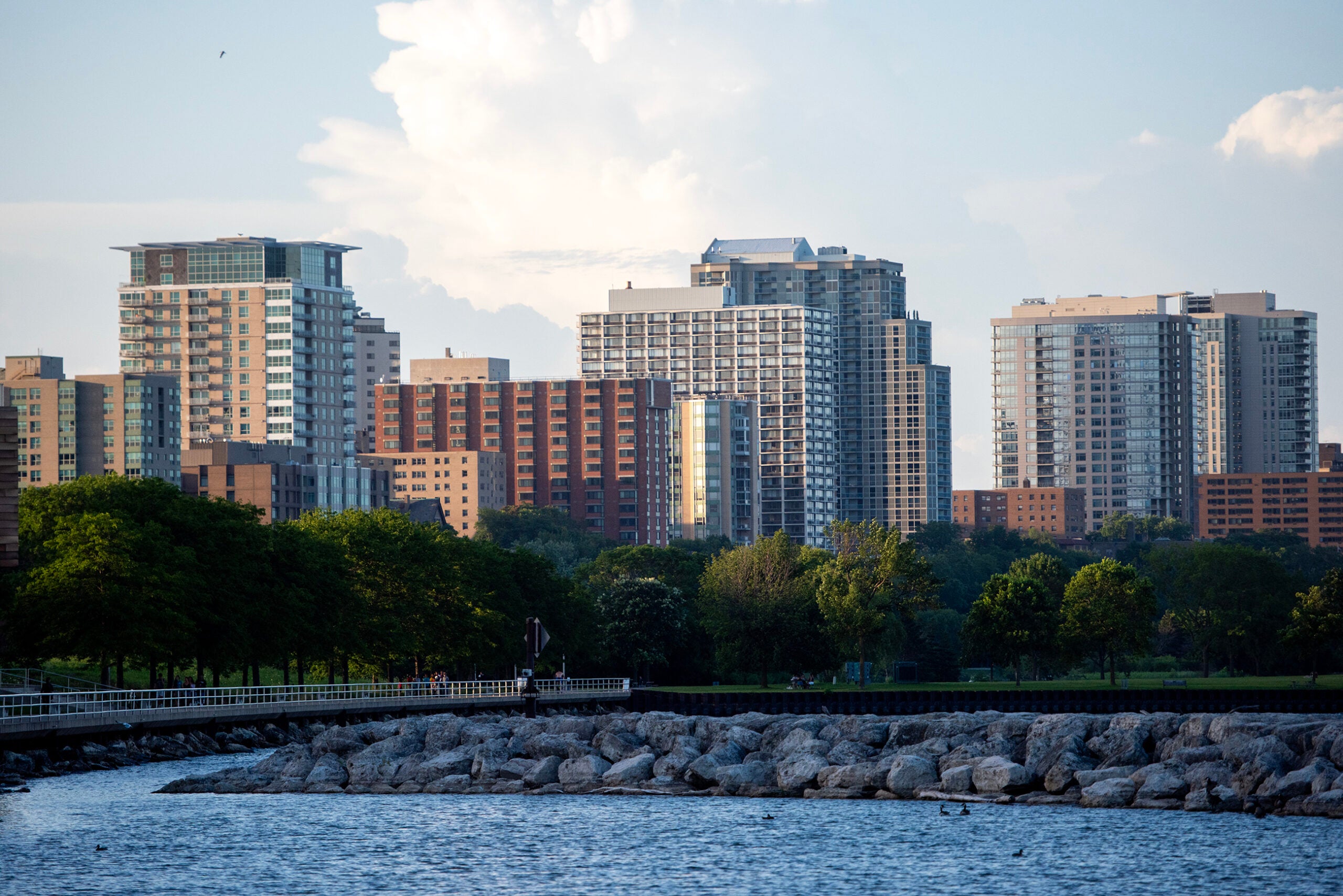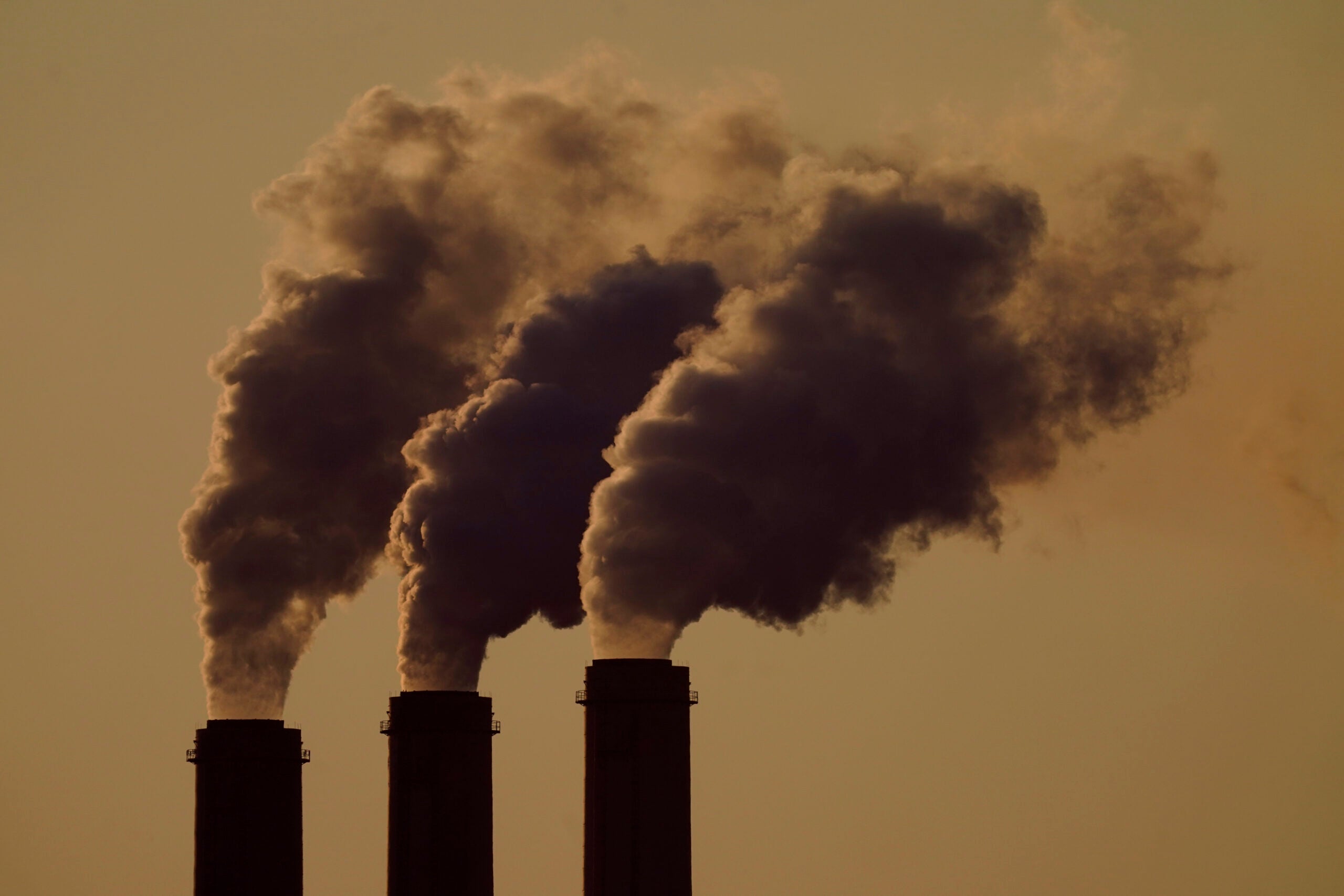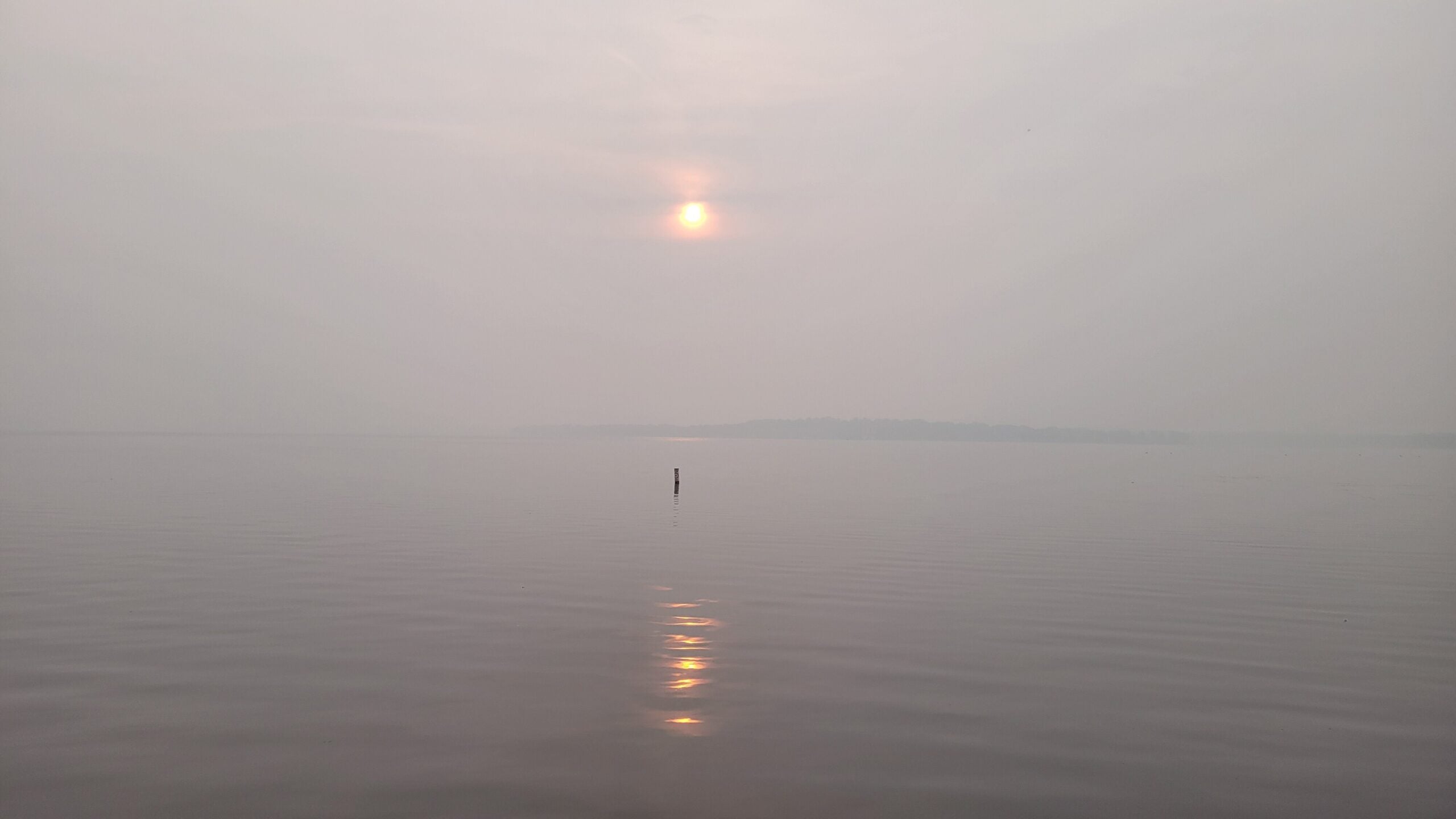The latest report from state environmental regulators shows Wisconsin’s air quality is improving. The findings are part of the 2020 Wisconsin Air Quality Trends Report from the Wisconsin Department of Natural Resources.
The report found 95 percent of people in the state live in an area that meets federal air standards, said David Bizot, the agency’s air quality and planning standards chief. The findings were based on air quality data collected through last year.
“One of our main objectives here and goals for us here at the state and under the Clean Air Act is to ensure that our population is meeting those health-based standards,” said Bizot. “We do have some work to do, but that’s really good news.”
News with a little more humanity
WPR’s “Wisconsin Today” newsletter keeps you connected to the state you love without feeling overwhelmed. No paywall. No agenda. No corporate filter.
The state has seen dramatic reductions in air pollutant emissions from 2002 to 2017, according to the report. The results showed the state has slashed emissions of volatile organic compounds by 58 percent, nitrogen oxide emissions that can form ozone pollution by 63 percent, and carbon monoxide emissions by 60 percent.
Emissions of sulfur dioxide, which often comes from burning coal at power plants, dropped by 89 percent during the same timeframe.
“That’s an incredible figure that has real health-based impacts for people that lived around these sources of sulfur dioxide, and it’s a contributor to problems like acid rain and stuff as well,” said Bizot. “We have really made some great strides when it has come to air quality.”
Bizot attributed the improvements to state and federal programs that have sought to reduce emissions, as well as voluntary changes among residents and the private sector. The DNR said the greatest reductions have stemmed from vehicle emission standards linked to newer cars on the road, the installation of pollution controls and the transition away from fossil fuels.
Air pollution has been on the decline for decades since the inception of the Clean Air Act, said Tracey Holloway, professor at the University of Wisconsin-Madison in the Nelson Institute for Environmental Studies. While emissions of many pollutants have been going down, Holloway noted carbon dioxide emissions have been on the rise.
Emissions of carbon dioxide, the primary greenhouse gas emitted by manmade activities, have increased 90 percent since 1970 due to the use of fossil fuels, according to the U.S. Environmental Protection Agency.
“A lot of people, when they think of air pollution, immediately jump to climate change and carbon dioxide,” said Holloway. “And, while emissions of carbon dioxide come from these same sources, there are no technological controls that we can just put on to remove carbon dioxide.”
Holloway said transitioning to alternative sources of energy like wind, solar or nuclear would reduce pollutants like sulfur dioxide and nitrogen oxides while also reducing carbon emissions.
“To build a clean energy future, these are going to be really important as we think about how to keep our air getting cleaner and cleaner for all pollutants, including carbon dioxide,” said Holloway.
The report’s findings also found ground-level ozone pollution has dropped 25 percent since 2001 along the Lake Michigan shoreline. The region has struggled to meet the EPA’s regulations to reduce smog in southeastern Wisconsin.
Parts of several counties along Lake Michigan along with a portion of the Rhinelander area and Oneida County make up areas where the state is not meeting federal air quality standards. Bizot said work is ongoing with the EPA to reduce pollutants like ozone and sulfur dioxide in those areas.
Wisconsin Public Radio, © Copyright 2025, Board of Regents of the University of Wisconsin System and Wisconsin Educational Communications Board.

